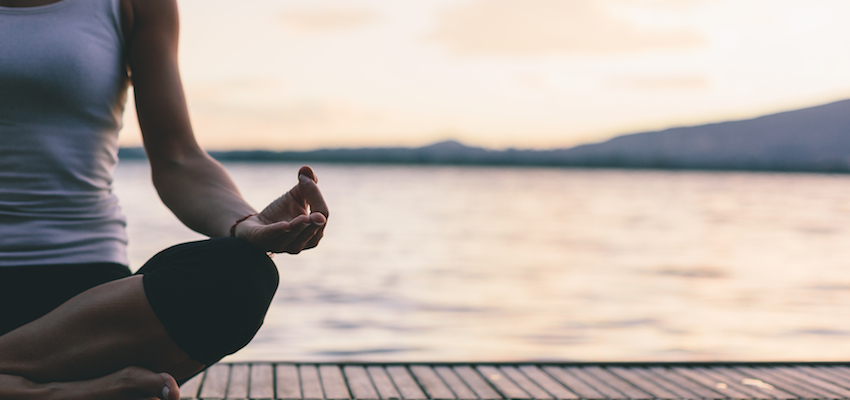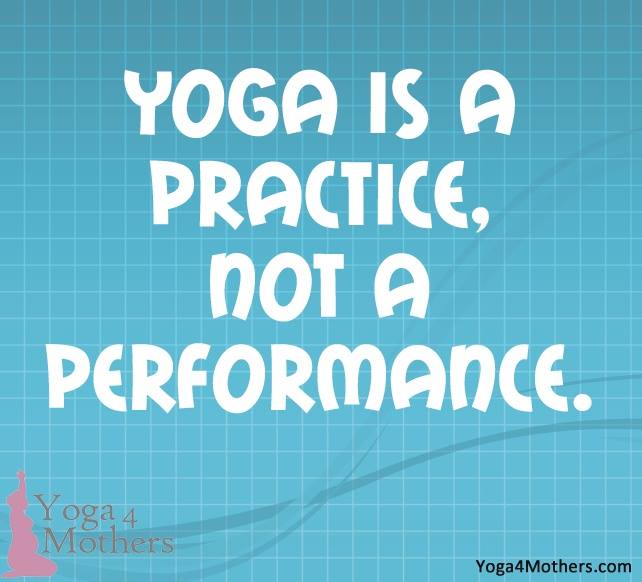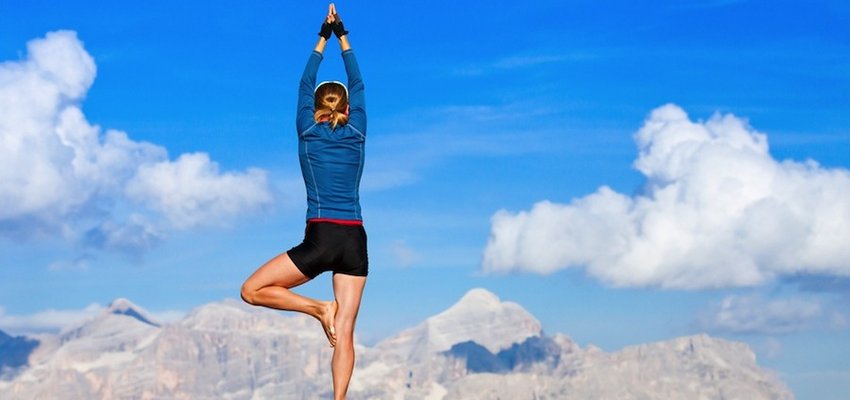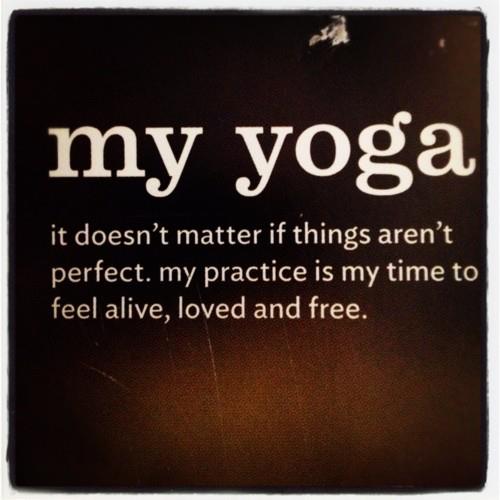
With all the asana tips out there, sometimes the spiritual aspect of yoga can get distorted. The goal of the physical practices are always to lead us towards a clearer state of mind and being — both off the mat as well as on it. But as a younger yogi, I think I used to believe that doing yoga would make me moreinvincible all around.
However as I mature in age and practice, I’ve come to realize that yoga is more of a multi-faceted medium. It gives me the tools I’ll need as life rocks on — I can roll with it, land on my feet, make nourishing life choices, or simply recover.
My teacher always said (and I believe he was quoting his own teacher), “We are spiritual beings on a human journey.” It is that level of spirituality — that context greater than our small selves — which leads to feelings of oneness instead of isolation, contentment beyond the craving for things, and open-hearted compassion, instead of anger and frustration.
While it is that extremely rare person who never has any negative emotions, dwelling in them, in anxiety, is clearly not the best path for a healthy, whole, productive life.
Here are three ways that can help you cultivate your spirit, when incorporated into your daily routine. I believe these tactics can serve as real spiritual touchstones — helping to manage some of the stress and turbulence we encounter along the way in our journey.
1. Bring appreciation home.
My husband and I use this incredibly grounding practice whenever we feel the pressures of life begin to mount. We simply tell each other what we appreciate about one another. It’s that simple! Usually it is something small, but the results of this practice are huge at the same time. Or maybe he makes my coffee in the morning, or I make him a lunch. Whatever it is, it is a moment to be thankful and show or tell someone in your home how much you appreciate them. Gratitude has the power to shift the mood toward more meaningful.
2. Sit still.
At some point in your day — it doesn’t matter when — just sit. And without trying too hard to fix your posture, set yourself up (with props if you like) so that your body is supported well, and just close your eyes. Focus on your breath and allow it to be full but very soft. Allow your brain to quiet down, encouraging the mind to silence itself, as all the thought waves begin to settle. As you inhale, you can mentally repeat “let” and as you exhale, mentally repeat “go.”
As Stephen Cope says in Yoga and the Quest for the True Self, “Clear seeing needs the calmly abiding self.”
3. Reflect on the meaning of “Namaste.”
When you really think about it, the true meaning of Namaste: “The spirit in me greets the spirit in you” is rather deep and enriching on many levels. I don’t sign emails with it generally, but I do believe it is a great tool to cultivate kindness, especially in your relationships, and that, to me is the very basis for everyday spirituality.
Photo Credit: Stocksy






